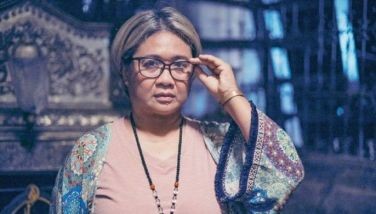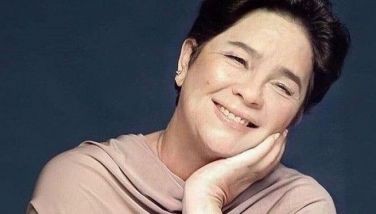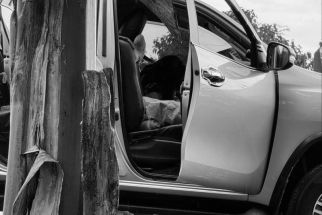‘The Kingdom’ introduces a Filipino nation never colonized
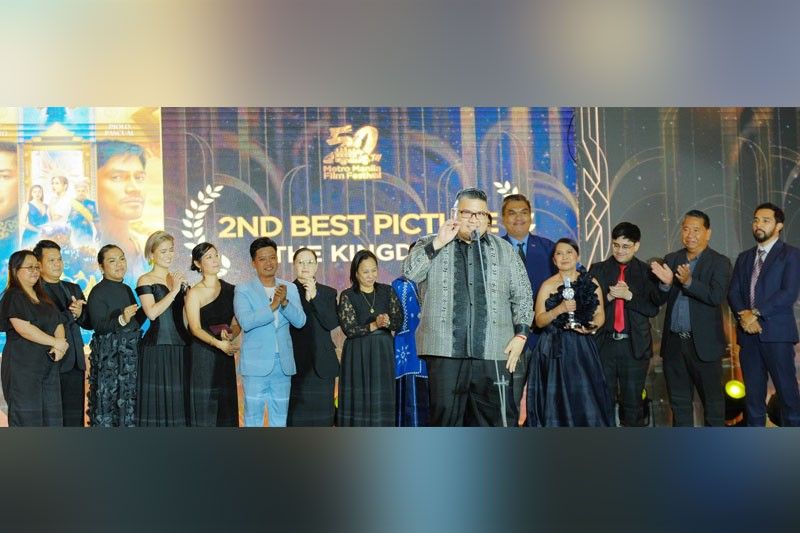
MANILA, Philippines — All those who have watched “The Kingdom” will agree that it deserves the Gatpuno Antonio J. Villegas Cultural Award at the recent Metro Manila Film Festival (MMFF) Gabi ng Parangal.
It transports one to that imagined, never colonized, nor westernized Philippines. Yes, a kingdom that is replete with material and nonmaterial culture (from objects of art and practical commonplace pieces to political, cultural, and social beliefs and language, to name a few).
The film has successfully envisioned and depicted a free country in which its people have Malaya-Malay lineage and interact with groups of people, like, among others, the Thai.
“The Kingdom” contributes to a film discourse on what the Philippines was like pre-colonial times, although the archipelago in the film was only again a creative imagination in the contemporary era.
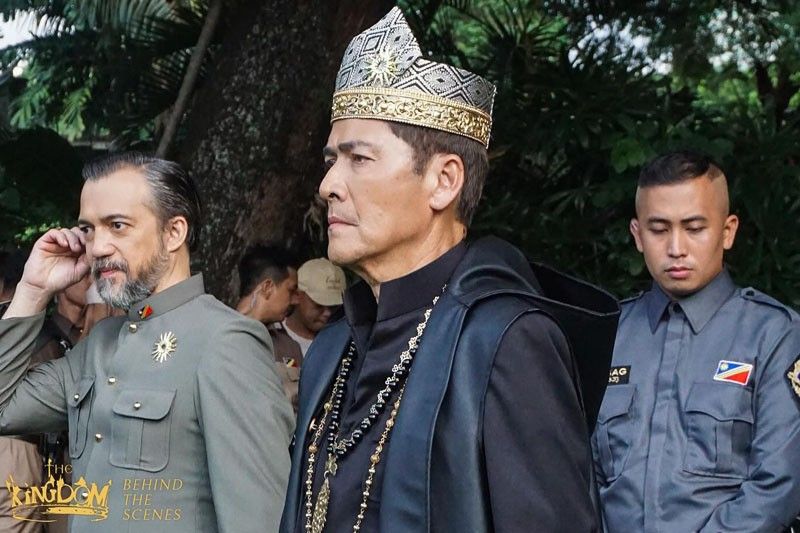
It complements what one has read or may read in Philippine history books about that particular historical period. Historians such as Teodoro Agoncillo, Fe Mangahas, and Horacio dela Costa have stories on ancient and early Filipinos, with ancestors in the persons of the little black men, sea-faring Malays, and boat builders Austronesians, and their way of life.
The film supports the idea that the Philippines was an independent and sophisticated country or nation even before foreigners set foot in the archipelago, befriended the natives through sanduguan or blood compact, established settlements in the scattered islands, and pacified every village.
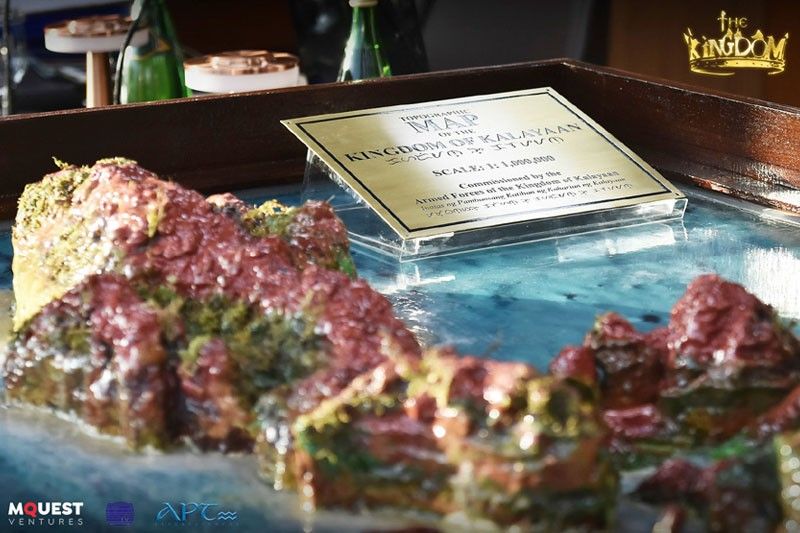
“The Kingdom” introduces and reinforms one to the “stratified” lives of people, whose names, and I guess even their surnames, were based on their physical features or some community and natural events, as a custom among our ancestors.
Early Filipinos had only “given names,” but since the Philippines named Kalayaan in “The Kingdom” is set in the “contemporary” times, its people also bear surnames like “Nandula” for the nobles and “Tagum” for the common folks.
The royalties are known by names such as “Makisig,” the lakan (king or ruler); “Bagwis,” the magat (prince) son; “Matimyas” and “Lualhati,” the dayang (princess) daughters. One of them will be the eventual lakambini or queen.
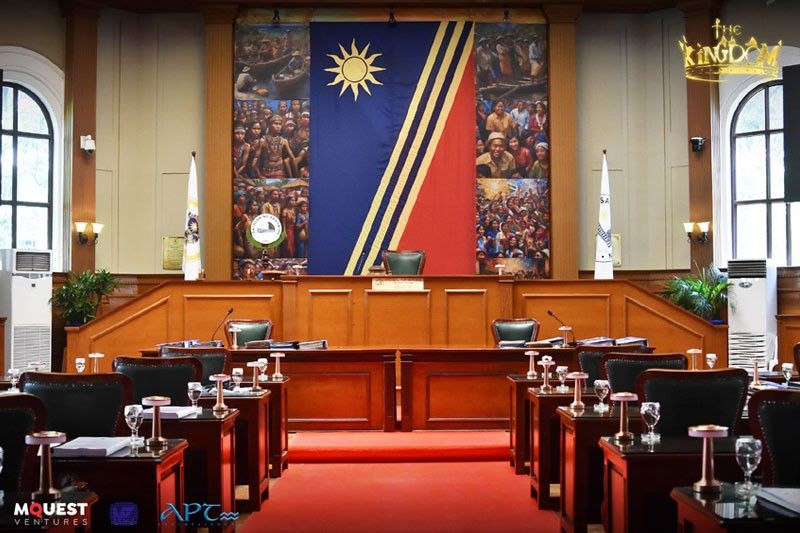
Their closest English equivalents respectively are “dashing and handsome,” “a wing or an angel,” “pure and sincere” and “glory and peace.” Each has its own cultural connotations and symbolisms.
The babaylan or head priestess is called “Silay,” a quick look at what may come. A son of a former royal guard is “Sulo,” which means “light” or “torch.” His real name, however, is “Sulayman,” with such a description as “a man of peace,” according to information available online.
Before Gov. Gen. Narciso Claveria issued a decree that the natives in the Philippines as a Spanish crown colony should use Spanish and Christian names and surnames, as historical accounts tell one, the dwellers of the lands, named as indios and indias during the Spanish times, came up with names for children in the pre-colonial tradition.
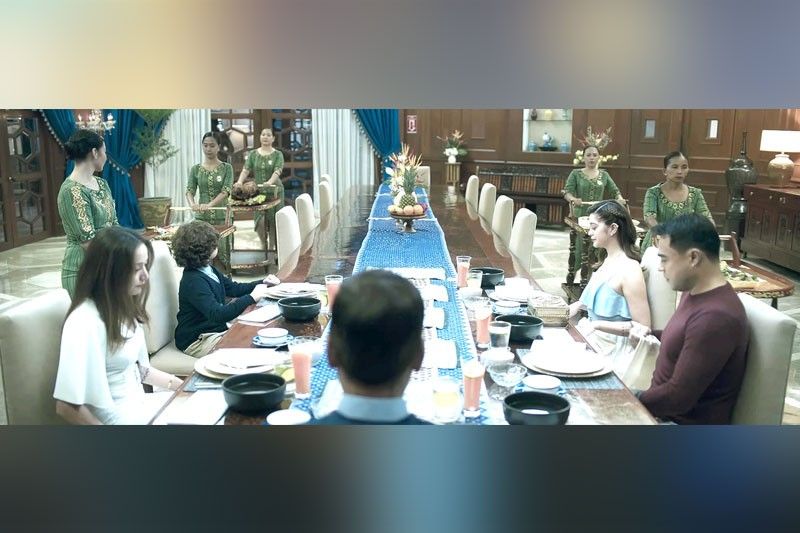
In the country of Kalayaan, dwellers seem to be categorized according to their birthright. The royalties govern the place and its people. They adhere to the rules of succession, and children, regardless of gender, have been trained to become a successor.
It’s another glimpse into our pre-colonial history (as also told in history books), where datus or datos (chieftains) and his family were highly regarded in the community. Under them were the freemen or the middle class and the alipin or dependents/slaves.
Similar to the states of today, Kalayaan is also beset and faced with issues such as corruption, envy, poverty and power struggles. Among the different industries or sources of livehood there are farming and fishing. Its form of government is monarchy with a parliament or a legislative body.
The wedding of Lualhati with a foreign prince, on the other hand, speaks of how Kalayaan handles affairs beyond its territories. It is seen by some characters as a coming together of two capitalist kings or a form of eventual colonialism and further deprivation of people from truly being independent and free.
Thus, part of the narrative are the efforts made by the secessionist group led by Wigan, hopefully to be heard and seen by the monarch.
No matter how the lakan tries his best to become a loving and fair father of the land, there are few who plan to challenge his authority and who wish to see a new chapter in the kingdom unfold. It’s something for the viewers to discover when they watch it, encompassing the family drama and the surprise revelation of the perpetrator behind the kidnapping of Lualhati.
Well, looks can be deceiving.
With the presence of babaylan, Kalayaan considers animism and ancestor worship as its religions. The priestess would call or summon the gods and ancestral spirits to restore the health of the sick and complement it with western medicine. They have a God, named Bathala. In some history books, its name is Batula, the creator of things.
The funeral scene of having the remains of the dead in a balangay (boat made of sturdy wood) and setting it on water reminds one of the manuggul jar. Water and boat are associated with the conclusion of life on earth and the transition or walk to the afterlife.
The sight of a royalty ghost is, I think, in connection to a belief that the departed ancestors still roam around with the living.
“The Kingdom” has also shown the challenging roles of a lakan, possessing executive, military and judiciary roles. Kalayaan has a “batasan,” where laws are enacted.
It follows the “an eye for an eye, a tooth for a tooth” rule that would leave etched past scars for those who have witnessed it and later in life need to address them.
Since dignity and honor are valued in Kalayaan, they have the “Law of Retribution,” in which a commoner can challenge even the lakan for a duel and it has “restorative” power for those who have been banished, like the “Tinatwa.”
It was a delight to see actors breathe life into characters that portray a life in the Philippines, away from and devoid of the cloak of colonialism. It gives one a “silay” or look at a pre-colonial national identity of Filipinos then.
What I appreciate and love about “The Kingdom” is its testament and message that the Philippines was a free state before people from faraway lands took a hold of it.
Despite differences among its people, the dwellers must protect its sovereignty.
- Latest
- Trending
















